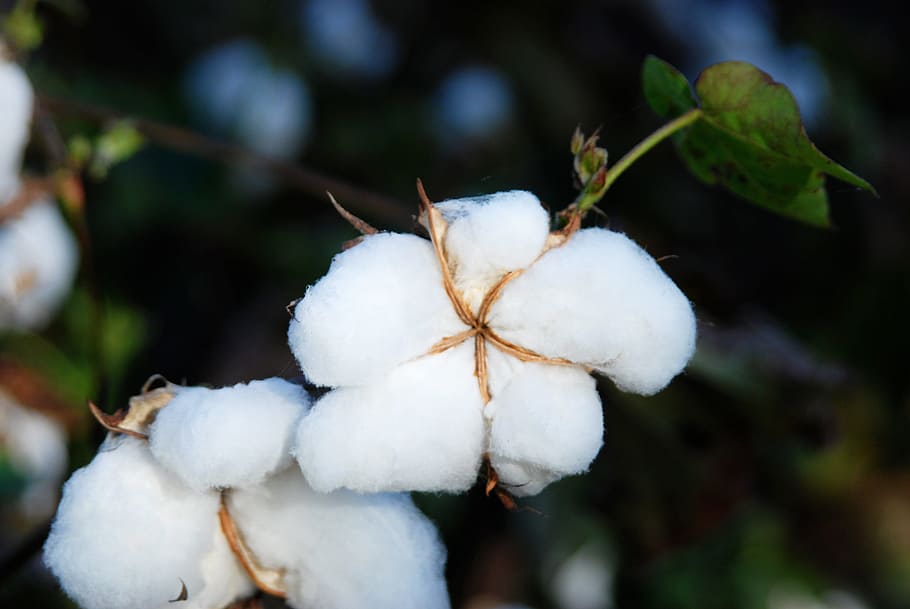Profit booking after previous gains caused cotton prices, as represented by Cottoncandy, to somewhat drop, ending at 56160. Market attitude was influenced by the Cotton Association of India (CAI) maintaining its pressing forecast of 294.10 lakh bales for the 2023–24 season. With market arrivals, imports, and opening stocks included, the total supply was anticipated to reach 92.05 lakh bales by the end of November.
There was solace in the news that pink bollworm infestation in the cotton crop was declining, dropping from 30.62% in 2017–18 to 10.80% in 2022–2023]. Infestation was noted in all of the nation’s cotton-growing regions in the north, center, and south. After hitting their highest point in more than two years on December 1st at 87,770 bales, certified cotton stocks for delivery against contracts sharply declined, ending on December 5th at 6,325 bales.
The November 2023 Brazilian cotton shipments were 5.5% lower than the November 2022 shipments, although they were up 12% over October 2023. The second year in a row, according to projections made by the International Cotton Advisory Committee (ICAC), worldwide cotton production would exceed global demand.
While consumption is predicted to slightly fall to 23.4 million metric tons, global cotton lint production is anticipated to increase by 3.25% to 25.4 million metric tons in the 2023–24 season. At the close of business, cotton candy prices in Rajkot, a significant spot market, were 26429.95 Rupees, down -0.27%. Observing extended liquidation from a technical perspective, the market settled at 209 with no change in open interest.

